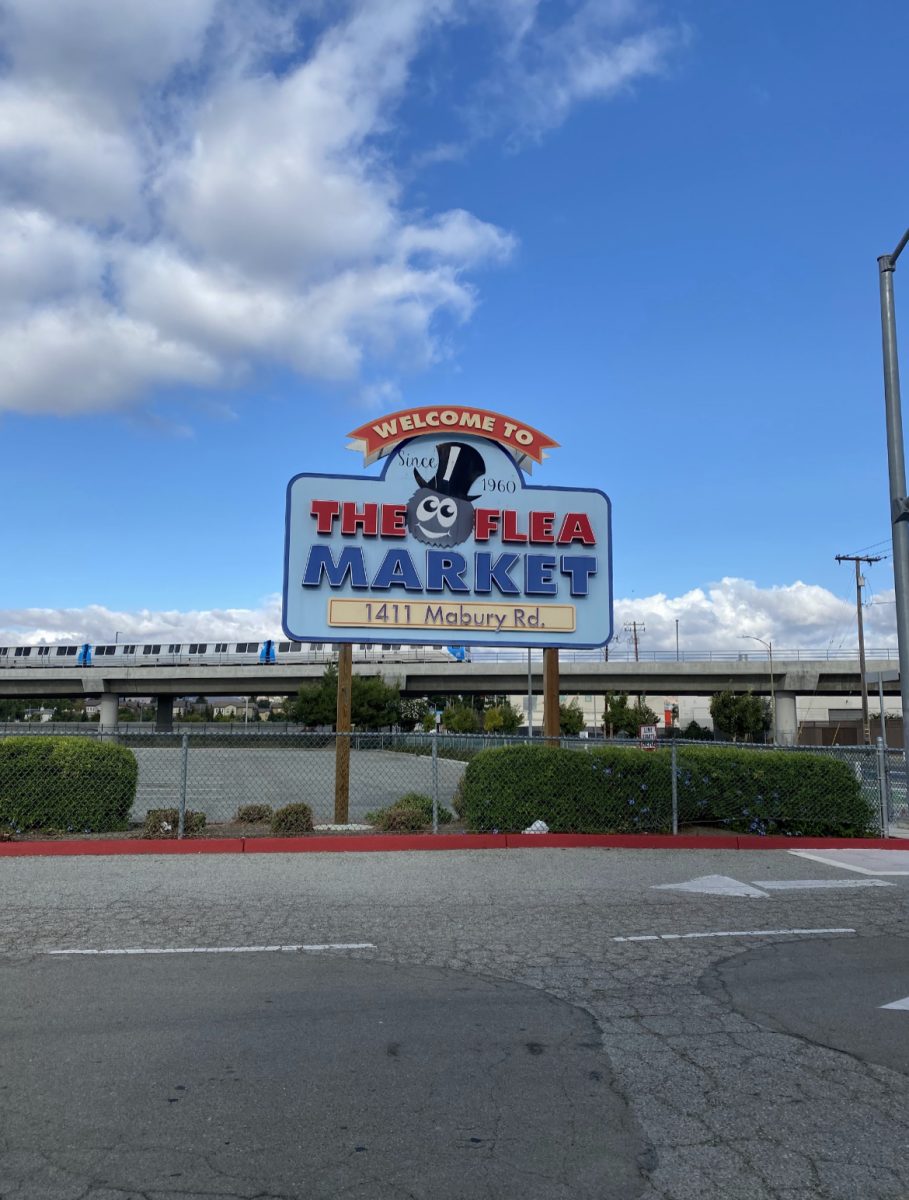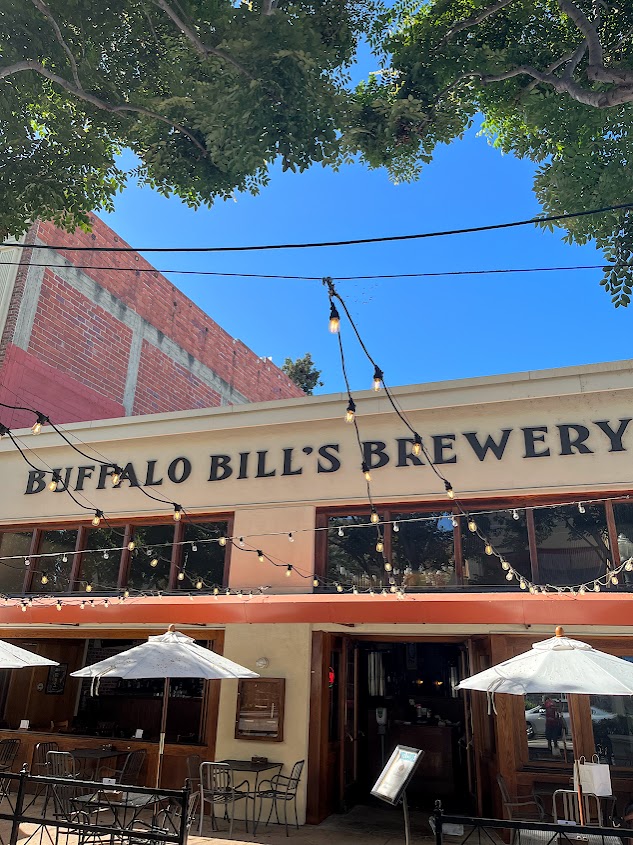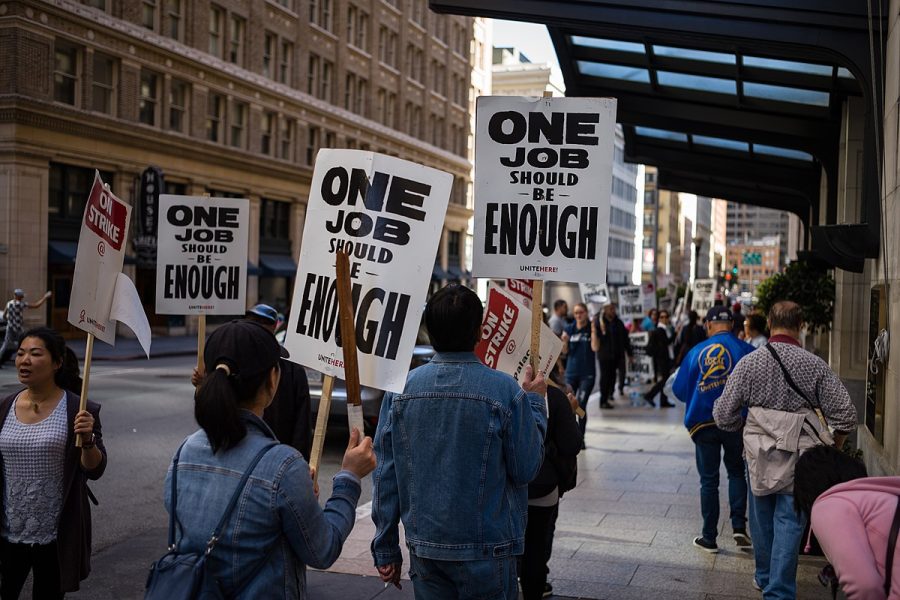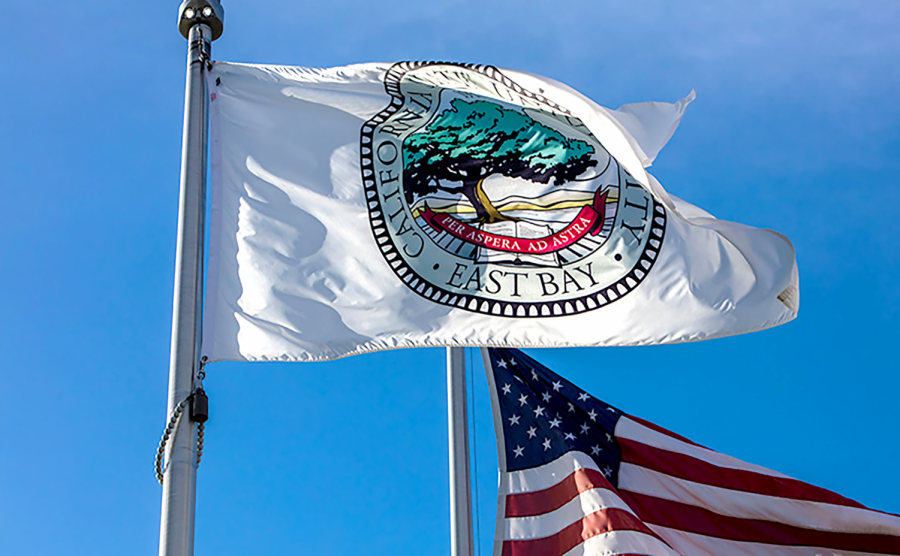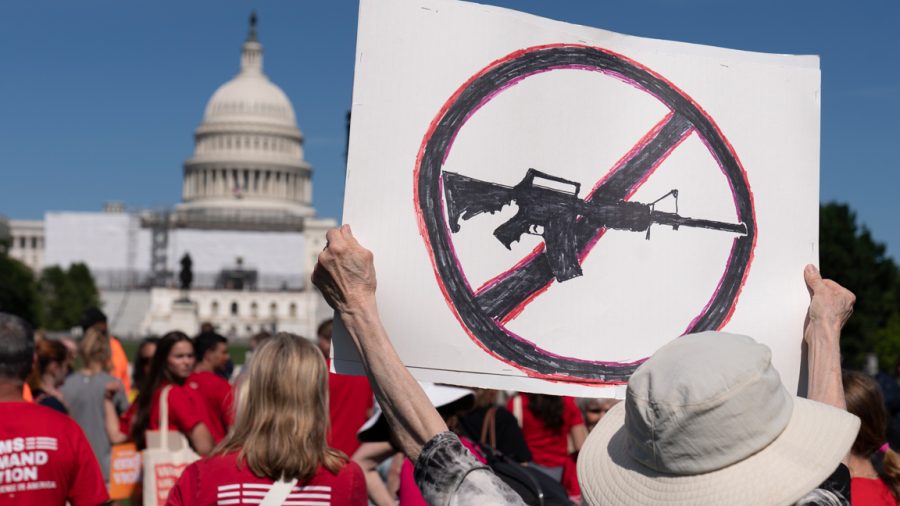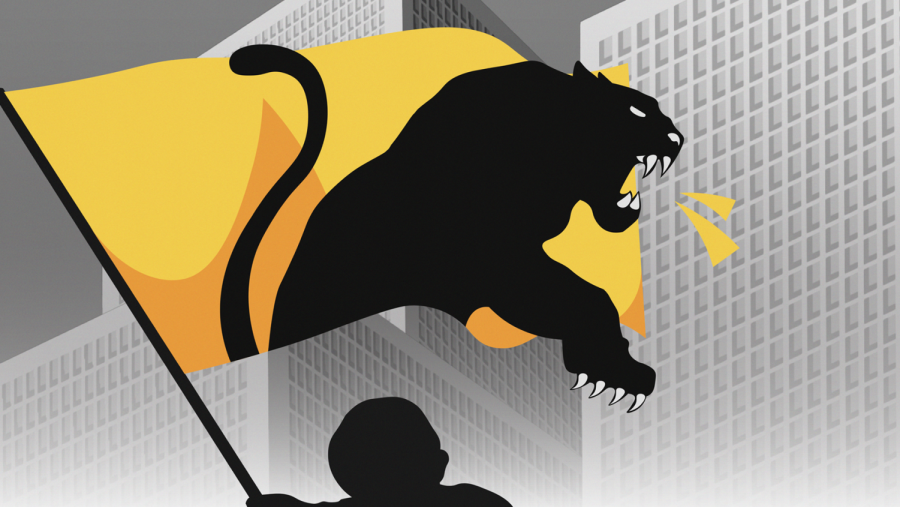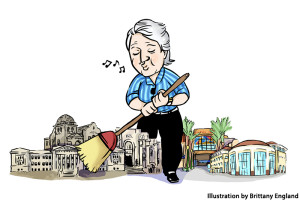
Amidst orange clad construction crews, rubber cones and detour signs, the final touches are being made to beautify the streets of Hayward.
While these aesthetic and structural improvements are constructed, residents and city officials continue to voice differing opinions on the priorities to pursue for revitalizing Hayward.
“Just because you put new streets and new sidewalks it doesn’t mean it changes the town,” says Elie Goldstein, owner of Kraski’s Vitamins, in downtown Hayward. “You have to change the environment of the town to change it.”
The long and daunting road towards change in Hayward is paved with a laundry list of issues from roughly the last 10 years that the city seeks to resolve.
Alongside improving the imbalance of resources pertaining to economic development issues, the city is trying to address the subpar performance of schools in Hayward and promote homeownership to increase civic pride, so as to encourage a sense of community, according to City Manager Fran David and Councilman Greg Jones.
For the city of Hayward, a healthy economy is vital for the path towards revitalizing the environment of the city.
“One of the things that we’re looking at in terms of economic development is getting employers attracted to Hayward,” says Jones.
Economic development in Hayward is a challenging prospect, considering Gov. Jerry Brown terminated a state subsidized redevelopment fund for 400 cities in 2010, including Hayward.
The redevelopment funds were derived from property taxes and a sizable portion was allocated towards city government for various municipal projects, such as the redevelopment funding going to the Bart station and neighboring townhouses, Sean Brooks, economic development manager of Hayward, said in a prior interview with The Pioneer.
“When we lost redevelopment, we lost a significant resource to be able to do economic development,” said David. “That’s what drove economic development in most cities in California.”
The dissolution of $10 million in redevelopment funds has left city officials scrambling to find alternative financing options and solutions, Hayward Assistant City Manager Kelly MacAdoo said in a previous interview with The Pioneer.
“We’ve had to go back and retrench and figure out how to fund it,” David says.
On Feb. 26, according to the Hayward City Council agenda, a plan for economic development was presented to the council.
“We for the first time developed an Economic Strategic Development Plan. It’s a very good plan, council has seen it once and we’ll be adopting it either on the 19th or the 26th,” explains David.
David says the five-year strategic plan has three focuses. The first is marketing and branding, to highlight the strengths of Hayward. The second is the enhancement of Hayward’s industrial sector, by retaining and sourcing new employers in manufacturing, biotech and agriculture. Finally, the third is the service and retail industry in the city.
The plan outlines objectives to support existing businesses, which they are in the process of identifying to attract new commercial entities. Some of the tasks at hand include expanding infrastructure, developing mentoring programs for employees, and promoting public safety.
However, for business owners like Goldstein, promoting public safety is just as essential.
“With the amount of homeless around the city, the transients breaking into buildings and stealing copper piping, all over pan handling, things like that; and with the crime rate, since police and fire are short. I think these are some things that the city needs to do,” says Goldstein.
Besides economic development in the business sector, development of civic pride and community is equally important to the city.
“Self image is everything, even on an individual level if you feel good about yourself that energy will go out, from yourself, it’s the same thing with property and business owners,” says Jones. “Have a little pride, believe in what you’re doing and it becomes infectious and the opposite is true, if you don’t take care about things, that becomes infectious.”
Councilman Jones was a leading advocate behind the Hayward Mural Art Program, a collaboration between artists, community leaders and citizens to create paintings that would promote art, diversity and culture.
“They look good and it helps stop random people from tagging or putting graffiti everywhere,” says Andrew Martin, a CSU East Bay student.
Another factor in promoting an overall change in the environment is Hayward’s push to promote more homebuyers to invest in the city.
“Homeownership is a big deal because folks that own their homes tend to be more stable, they put some roots down and stay invested in what’s going on in the community and for us to see improvement in schools and businesses and all those things it’s important we emphasize homeownership,” says Jones.
Home prices in the city of Hayward are amongst the most affordable in the Bay Area. According to the 2012 year-end report from the Bay East Association of Realtors, Hayward home prices range from 20 to 60 percent less than those of neighboring tri cities.
“Affordability is definitely a reason why people are buying in Hayward,” says Anna May, a Hayward realtor and former councilwoman.
Yet, despite, affordable home prices in the city of Hayward, a failing school district has made it difficult for the city to retain existing families and attract new ones.
“A lot of folks leave once their kids hit school age, which is unfortunate, because again, that turnover creates some instability in a lot of the institutions of the city,” says Jones.
In the Hayward Unified School District the Academic Performace Score in 2012 was 716 compared to Alameda’s score of 841, Fremont’s 876 and San Ramon Valley’s 922, according to data from the California Department of Education.
“We understand that the school district in Hayward is not the best, so we’ll probably be looking into private schools and charter schools instead,” says new homebuyer, Jose Sarmiento.
“There is a direct correlation between school test scores and home values, we need to provide more options for parents and the new school board are considering these options,” says May. “The new school board is stellar and they are making some great changes.”
These changes have started to take effect. Earlier this month, the school board voted 3-2 in favor of letting go of five principals in the Hayward school district.
“The district has started reorganizing in effort to provide a system of accountability for delivering quality education for ALL students that can be measured,” said School Board Member Annette Walker in a statement responding to the highly criticized vote. “Doing the right thing for all the right reasons is sometimes the hardest thing to do especially when most of us want progress if we can have it without change.”
The common recurring theme of changing the physical appearance within the city of policies from city government and officials, as well as the school board, all echo the need for change.
“Nothing’s changed, that’s the thing. So when you ask me how about the changes, nothing’s changed in 40 years,” says Goldstein.
While some residents and business owners remain cautiously skeptical, David thinks there is reason to hope things are indeed changing.
“We are beginning to do a lot and it’s focused now,” says David. “We got a plan, it’s a strategic plan and it’s got a place we want to go.”





